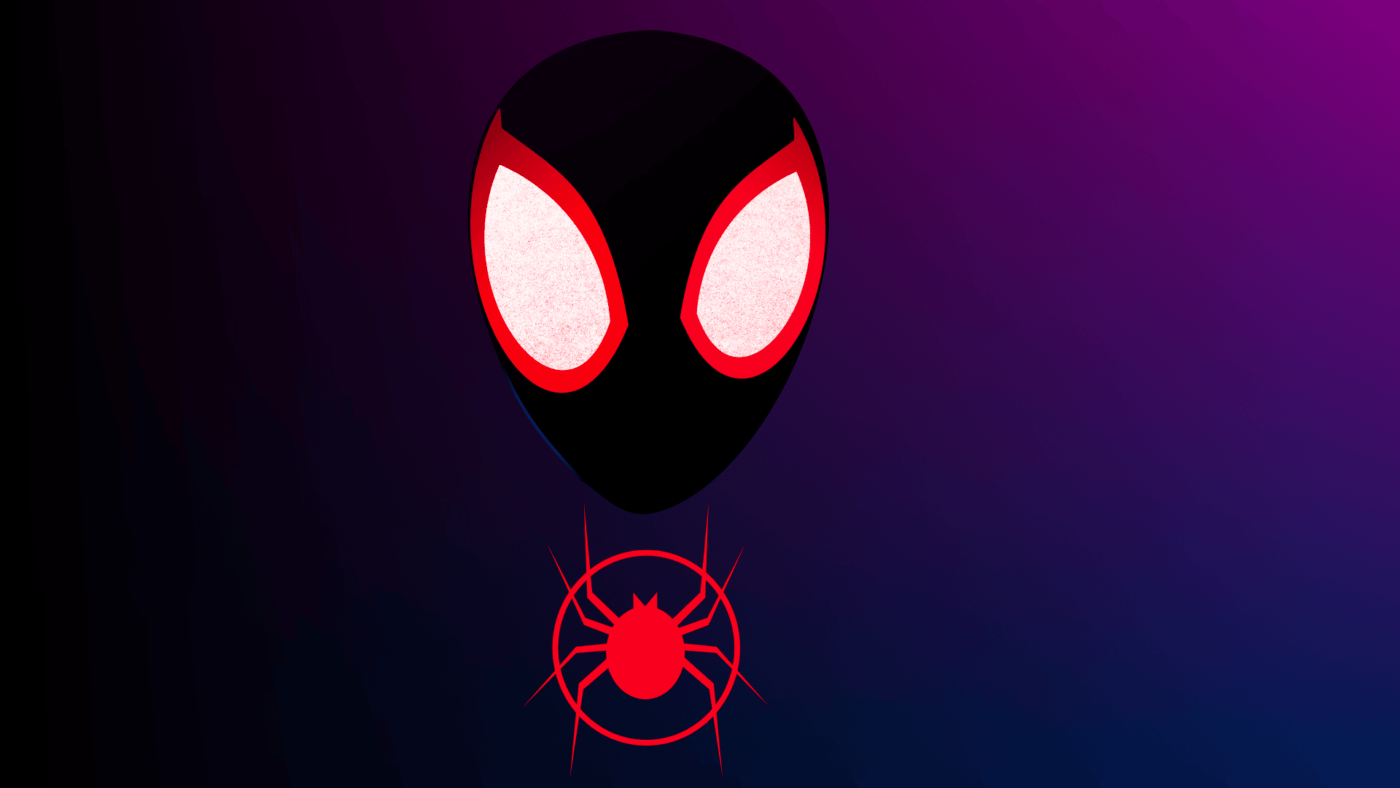Is animation the new home for superheroes?
In 2002, the depiction of comic books in cinema changed with the release of Sam Raimi’s Spider-Man. Where the likes of its contemporaries X-Men and Blade sought to entrench themselves in the adolescent aesthetics of late-90s action films so much that they barely resembled their source material, Spider-Man was as if its titular hero had leapt from the comic book panel and onto the silver screen. Here was a film that was unashamed to present the colourful iconography, melodramatic camp, and relatable ‘Everyman’ struggles of Stan Lee and Steve Ditko’s webslinger in a way that had been previously been confined to the dreams of comic book fanboys the world over. Raimi’s approach to adapting the Superhero would present such a paradigm shift in how Hollywood adapted the comic book that it would effectively lay the cultural groundwork for the Box Office juggernaut of Disney’s Marvel Cinematic Universe.
Superhero fiction is hardly a stranger to animated adaptations
Two decades later, and after over a decade of franchise mismanagement by Sony Pictures since the release of the maligned Spider-Man 3 in 2007, a new Spider-Man film may yet alter the landscape of ‘superhero cinema’ yet again with last year’s animated release, Into the Spider-Verse. Superhero fiction is hardly a stranger to animated adaptations. The small screen has seen countless adaptations of popular characters, with the 1990s heralding a glut of popular television shows based on Batman, the X-Men and Spidey himself (with the latter’s final season of dimension-hopping antics laying the groundwork for Spider-Verse).
However, the impact of the feature-length animated adaptation has been surprisingly limited. Where Warner Brothers and DC’s live-action Cinematic Universe looks set to collapse with the disappointment of the darker Zack Snyder-led releases, and the success of lighter stand-alone ventures like Wonder Woman and Aquaman, it has found far greater ease in directly adapting its most popular comics into direct-to-DVD animated films. Acclaimed stories like Alan Moore’s ‘Batman: The Killing Joke’ and Grant Morrison’s ‘All-Star Superman’ have seen such adaptations over the past decade, and DC has even extended this approach to their ongoing series in their adaptation of their ‘New 52’ series into similarly released films.
Unfortunately, the problem with these adaptations lies in their animation. These films have largely kept to fairly limited and uniform approach to animation that hardly takes advantage of the medium, resulting in fairly bland products that feel as if they are in service to attempts to cash-in on the beloved nature of these works. Other more successful attempts have been made at capturing the spirit of these characters in big screen animations (The Lego Batman Movie comes to mind). However the novelty of this example comes more in the stop-motion animation of pieces of plastic (a la Lego Batman’s spiritual predecessor, The Lego Movie) rather than any attempt to represent the printed comics themselves.
there is a deep and loving self-awareness for the very medium from which these characters are lifted
Spider-Man: Into the Spider-Verse, on the other hand, has not only set a new standard for Western animation, but has expanded the possibilities for how comic books can be depicted in cinema. Alongside the film’s madcap blend of both 2D and 3D animation, there is a deep and loving self-awareness for the very medium from which these characters are lifted. Miles Morales’ story is deepened with gleeful use of thought bubbles; onomatopoeic words are visually weaved into action sequences as if they should have always been there and eagle-eyed viewers will even notice the film’s mimicking of the ‘dotted’ print effects that could be found on the very pages that Spider-Man first debuted on. Even as I was doing the research for this piece, I found myself failing to draw a distinction between the film’s concept art and what I had seen on the big screen; Spider-Verse’s sheer detail and dreamlike kaleidoscope of colours on display has to be seen to be believed.
The computer-generated characters are rendered with wild, cartoonish exaggeration and move with an expressive fluidity that captures the freewheeling absurdity of the film’s comic book antics in a way that just isn’t possible with a live-action cast. And that’s before looking at the inspired animation choices for the oddball ‘Spider-People’ introduced in this film. Peni Parker pays visual homage to Japanese Anime; unashamed rip-off of the animation from the ‘Loony Tunes’ cartoons and Nicholas Cage’s hilarious turn as Spider-Noir feels as if he’s been lifted from Frank Miller’s Sin City in his contrasting black and white style. The result is a film that realises the comic book in ways that were simply unfathomable when the first of Raimi’s films was released seventeen years ago.
it feels as though the possibilities for the comic book film have been redefined through Sony Pictures Animation’s herculean efforts
With Into the Spider-Verse’s success with critics and audiences, it’s hard not to see it as a new beginning for Superheroes and animation. Once again, as Raimi’s original did back in 2002, it feels as though the possibilities for the comic book film have been redefined through Sony Pictures Animation’s herculean efforts in pushing the limits of the animation technology available. It’s hard to see how the mediocre attempts to animate the medium of comics in years prior can continue with this new standard that has been set, and it feels like a vast leap in improving the perception of animation as an art form amongst western audiences. Whilst there will always be a place for big-budget live-action comic book films with box-office draw actors, Spider-Man: Into the Spider-Verse feels like a lightning bolt of creativity in a stale and saturated genre that will hopefully inspire future endeavours in animating the comic book.

Comments